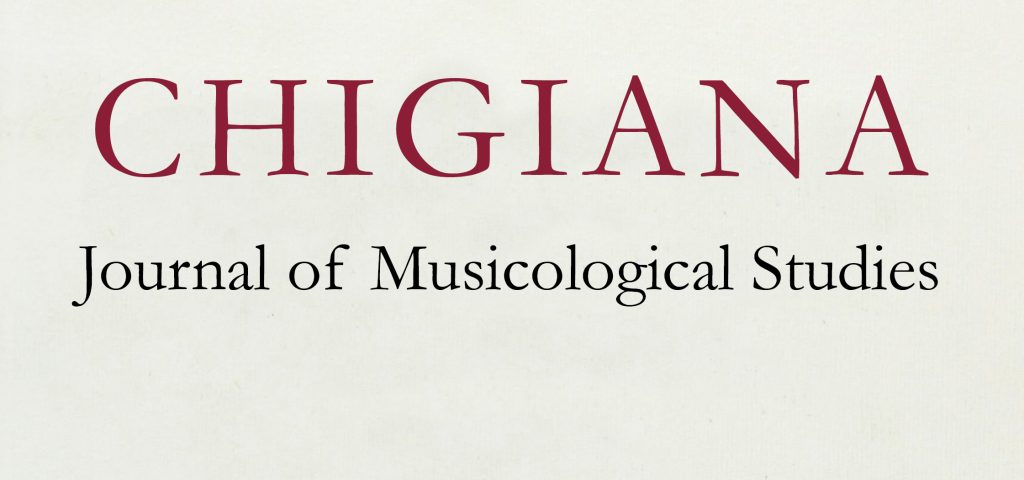
Italians and Italian Instrumental Music in Eighteenth- Century London
Francesco Geminiani, a Lucchese, was a central figure in English and Irish musical life for many years and a profound influence on the generation of English composers that came to maturity between 1720 and 1749, particularly Charles Avison, Michael Christian Festing, and Joseph Gibbs. The violin music of English composers was closely modeled after that of Corelli and of Geminiani, as too was the concerto writing of such Englishmen as Avison, William Corbett, Robert Woodcock, John Humphries, and John Stanley. Composers from other parts of Europe included some from Germany (J.C. Schmidt and Pepusch) and the Low Countries (Jean Baptiste Loeillet, Willem de Fesch, Pieter Hellendaal), but few from France. Although the preeminence of Italian influence persisted in London into the second half of the century (particularly in the works of Felice Giardini, Giovanni Battista Noferi, Gaetano Pugnani, and Luigi Borghi), during the 1760s London music had turned to German style. Carl Friedrich Abel arrived in London in 1759; his music was soon widely imitated by English composers, including Samuel Arnold, James Hook, and Robert Wainwright, while William Shield, Joseph Mazzinghi, John Marsh, and Thomas Billington were palpably influenced by Haydn.
